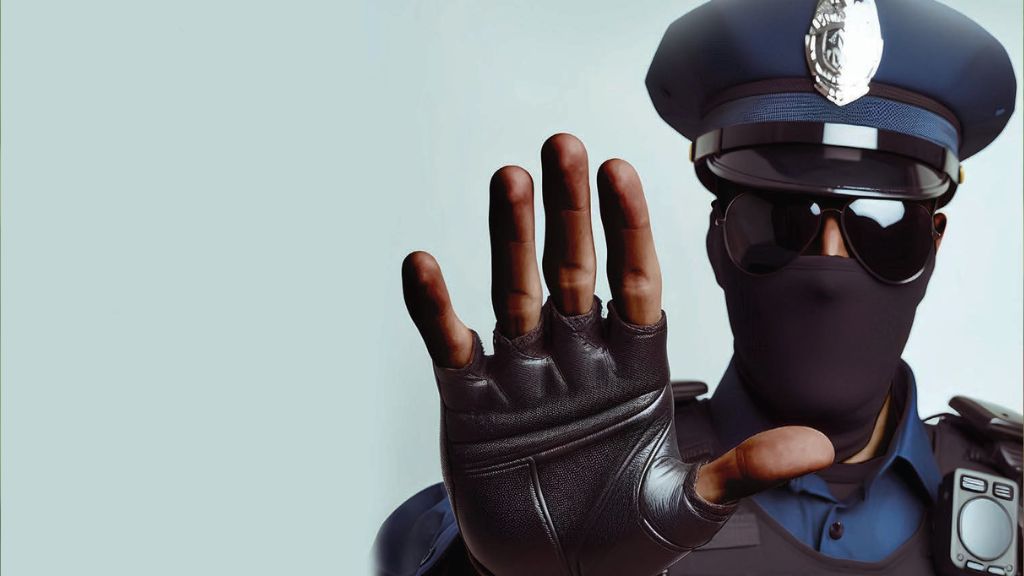The Jamaica Constabulary Force (JCF) has reaffirmed its stance that every fatal encounter involving its officers is deeply regrettable. In a recent statement, the JCF announced the imminent arrival of 1,000 body-worn cameras, marking a significant step toward enhancing transparency and accountability in law enforcement. This development follows the fatal shooting of Jamar Farquharson on September 15 in Clarendon, an incident the JCF described as ‘most unfortunate.’ The JCF emphasized that an independent investigation will determine the facts surrounding the case and extended condolences to Farquharson’s family and friends. The statement was issued shortly after the Independent Commission of Investigations (Indecom) reported four fatal police shootings in three separate incidents, bringing the total number of fatalities by security forces this year to 232—a 70% increase compared to the same period last year. Indecom highlighted that September alone has seen 20 fatal shootings by security forces, marking the 10th consecutive month with such high numbers. The latest incidents occurred in St Catherine and St Andrew, with two men identified as Malachi McLean and Nickoy Nelson among the victims. Indecom noted that at least two of the three incidents stemmed from planned police operations, none of which involved body-worn cameras. The investigative body urged citizens to share any relevant information, photos, or videos to aid in their inquiries. The JCF defended its position on body-worn cameras, stating that the procurement process for 1,000 devices is complete and delivery is expected soon. However, the force emphasized that operational decisions regarding their use remain within its jurisdiction, not Indecom’s. The debate over fatal police shootings has intensified following Farquharson’s death, with viral video footage raising questions about the police’s account of the incident. Indecom also revealed that Farquharson’s name was not on the search warrant used to enter his home, further fueling calls for accountability and the widespread deployment of body-worn cameras.
